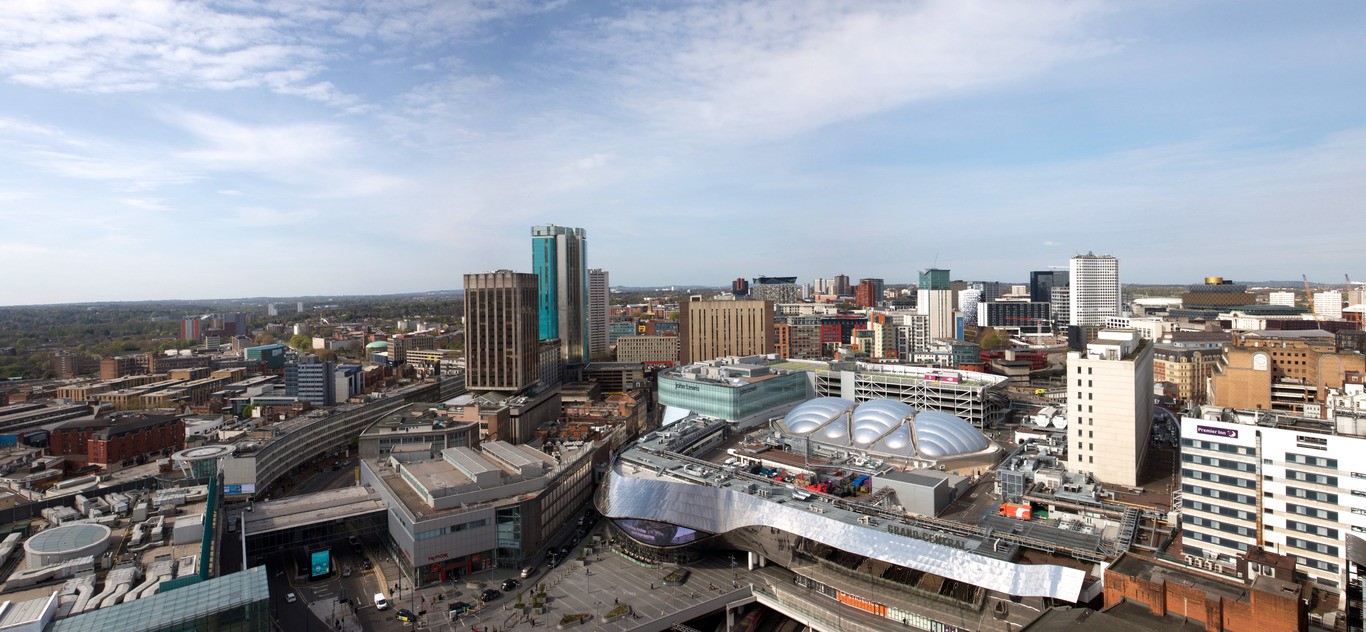The nagging question is: as a Londoner, why hadn’t I ever visited the UK’s second city? Like so many people, I just thought Birmingham was a concrete jungle strangled by ring roads. But now I’ve been, I can’t believe I left it so long.
Still ignored by many Brits, but interestingly not foreign tourists – it’s the fourth most visited city in the country – it’s true that, like London, it doesn’t offer itself up easily to the visitor. The joy is in the deciphering of a sprawling metropolis.
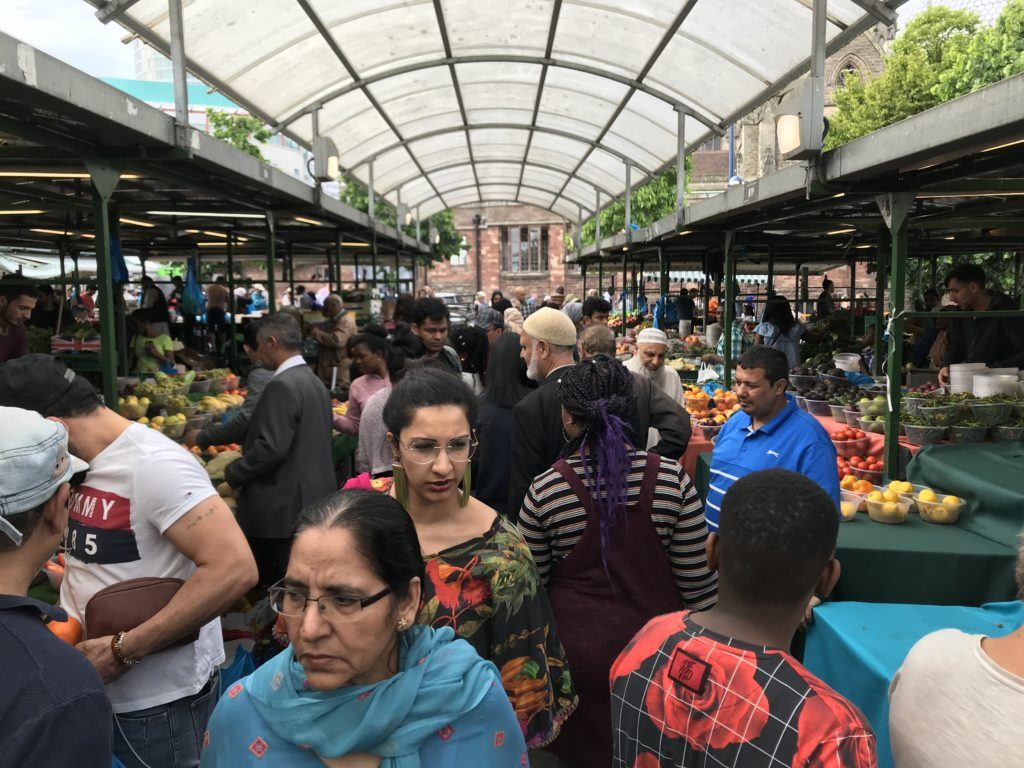
Sure, its traffic-filled, multi-laned roads, and sometimes barren corners can be hard work, but I guarantee it’ll be rewarded, from the hipster grit of Digbeth to the leafy grandeur of the Jewellery Quarter. Yes, it’s hilly too. You mean you didn’t know?
So if you rave about cities like Berlin or Bilbao, channel that sense of exploration here into everything from streetfood to speakeasies, as well as a thriving Chinatown and diverse cultural and LGBTQ+ scene. Sure, much of the city is shrouded in scaffolding, but it’s this juxtaposition that puts its historic corners and waterside – with famously more canals than Venice – in such sharp relief.
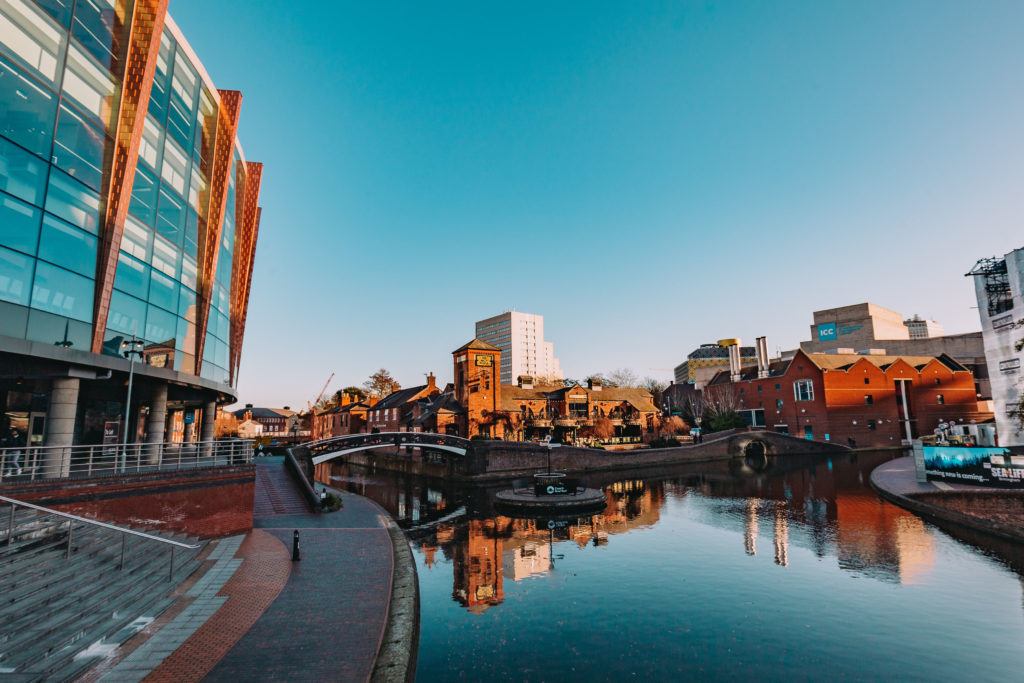
An initial stroll
Leave the train – gawping at Grand Central’s futuristic atrium – and hit the towpath, or more specifically scenic Gas Street basin, where the Worcester and Birmingham canals meet. En route you could take a detour to Cathedral Square, before snaking your way through the Paradise development to Centenary Square, with its ten-storey spaceship-style library (the largest in the UK). The waterfront is beyond: with its mix of pubs, shimmery towerblocks, warehouses and boats, it’s the city’s beating heart.
If you do one thing
We all think fondly of childhood mainstay Bird’s Custard, right? Now head through Chinatown – itself worth a wander – to graffiti-strewn Digbeth, home of the Custard Factory (don’t miss founder Alfred Bird’s blue plaque). With art, sculptures, indie stores, bars and restaurants, it’s no recent opportunistic smash-and-grab, dating back to the 1990s. Central attraction is Digbeth Dining Club, a multi-roomed streetfood market with bars and DJs: on our visit we washed down slow-cooked BBQ pork and Caribbean fried chicken with lashings of local beer.
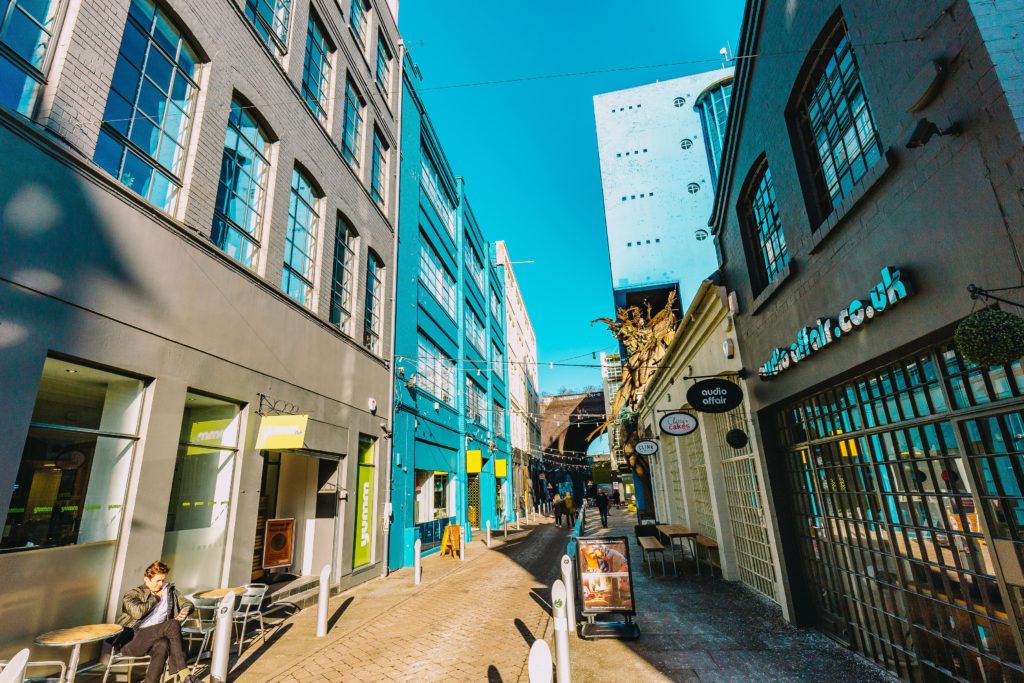
Step back in time
From tyres to glass and Cadbury’s chocolate, Brum is famous for industry, so now tour the National Trust’s Back-to-Backs, a restored 19th-century courtyard. It takes visitors across time from the 1840s onwards, through the eyes of families who lived there. Our toilet-humour obsessed guide really brought the past alive, from stinky paraffin lamps and the ‘gazunder’ bowl to pee in under the flea-ridden bed to the lavender used to mask urine and the sooty, smoky air outside. You’ll be thankful for the (Brexit) age you were born into.
Do some art
It really is everywhere. Top contemporary tip is Ikon Gallery, founded in 1964 in a neo-gothic former school; elsewhere the imposing City Museum and Art Gallery is a Victorian pile and useful brush-up on Lowry, Hambling and Birmingham School of Art. Further afield, we enjoyed the MAC (Midlands Art Centre) for its monthly craft market; adjoining 250-acre Cannon Hill Park is stunning too. And admire the work of artisans in the Jewellery Quarter (which produces 40% of the nation’s bling): start at RBSA Gallery, before exploring the sloping streets for legions of workshops, galleries, and ghost signs.
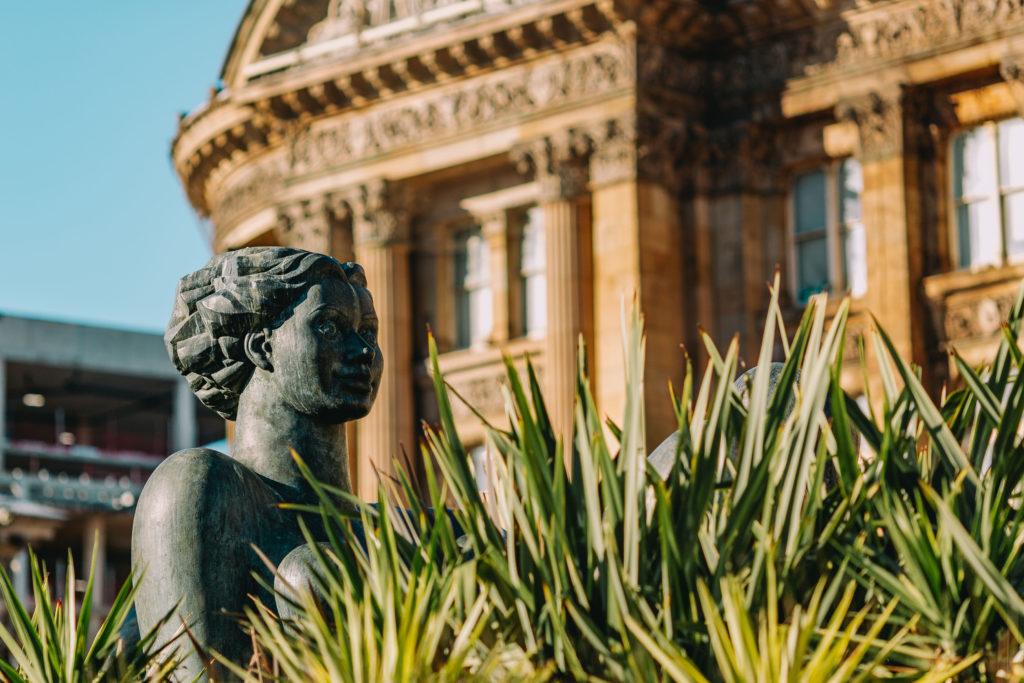
Get your beans
An immense coffee scene is here: start at Medicine Bakery on New Street, a cavernous white room in the former Royal Society of Arts, all sharing benches and pop-up art. Ten minutes’ walk is neighbourhood fave Saint Kitchen by bucolic St Paul’s Square in the Jewellery Quarter; and smooth espresso is served at Bread + Brick in Digbeth. For brunch try York’s: of the two branches, its pavement terrace at Ikon is a must.
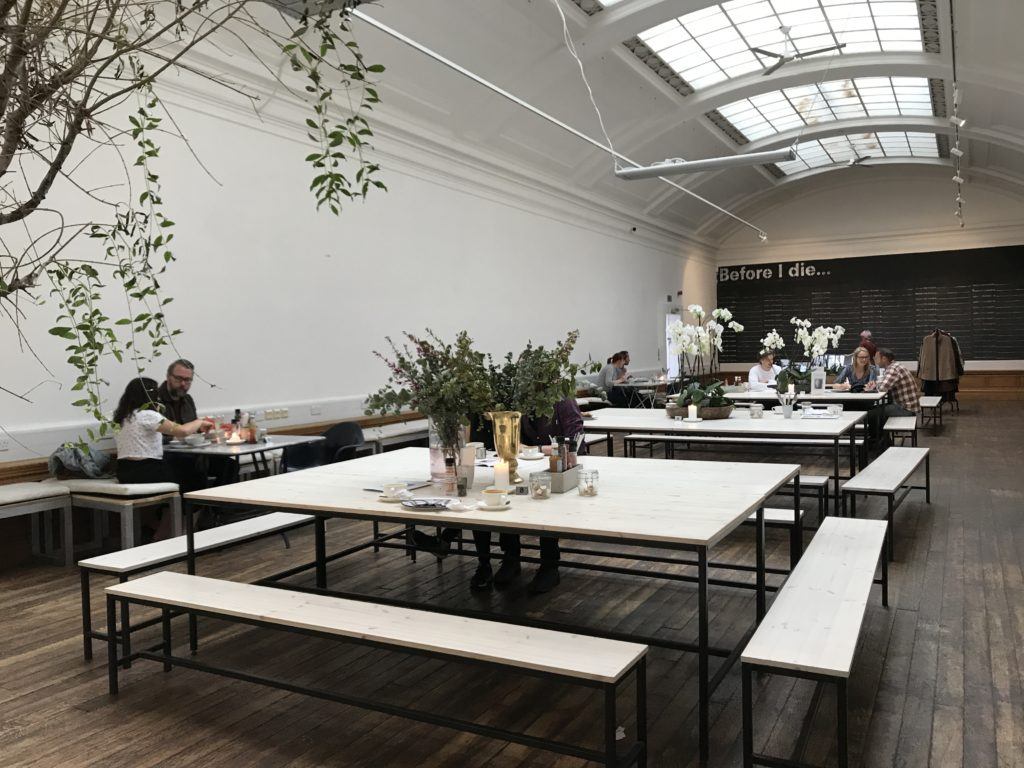
Eating
From Michelin-starred Adam’s to famous Indian Lasan, there’s dizzying choice from nearly two thousand restaurants, many with Michelin stickers. We found the chic Maribel Brasserie, in modern development Brindleyplace, impressive: its quiet dance of plates included ginger-sweet salmon teriyaki and monkfish with brown shrimp and fennel in a smooth, champagne-laced stock. Best dish was salt-brine marinated rosy lamb, sous-vided with pea puree and charred gem.
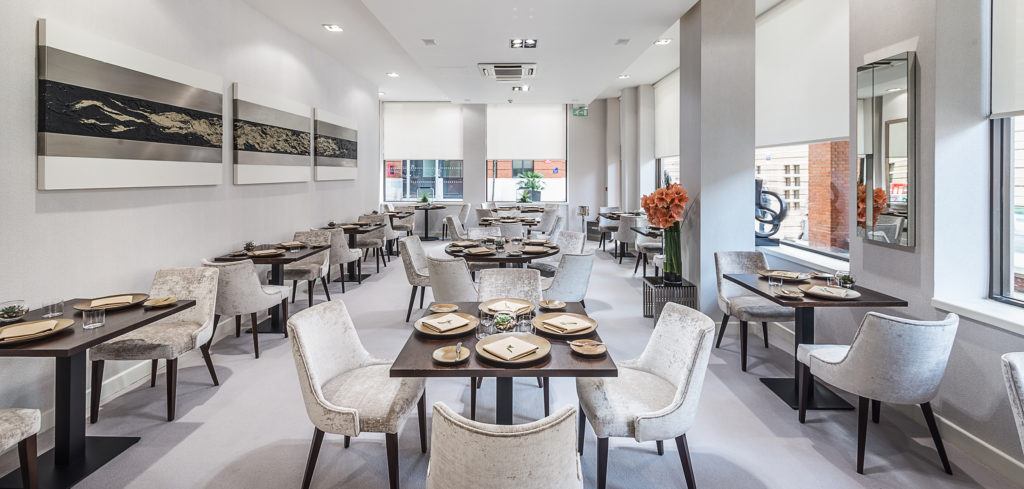
For more relaxed vibes, South American cantina Bodega on Bennett’s Hill matches tart pisco sours with baja fish tacos, marinated pork burritos and ruddy rump steak with chimichurri and sweet potato fries. And for solid weekday lunch offers, nearby new opening Pint House is a corker: from its list of tender Middle Eastern-style kebabs, our coriander chicken thigh in coal-baked flatbread was a real bargain at a tenner, pint included.
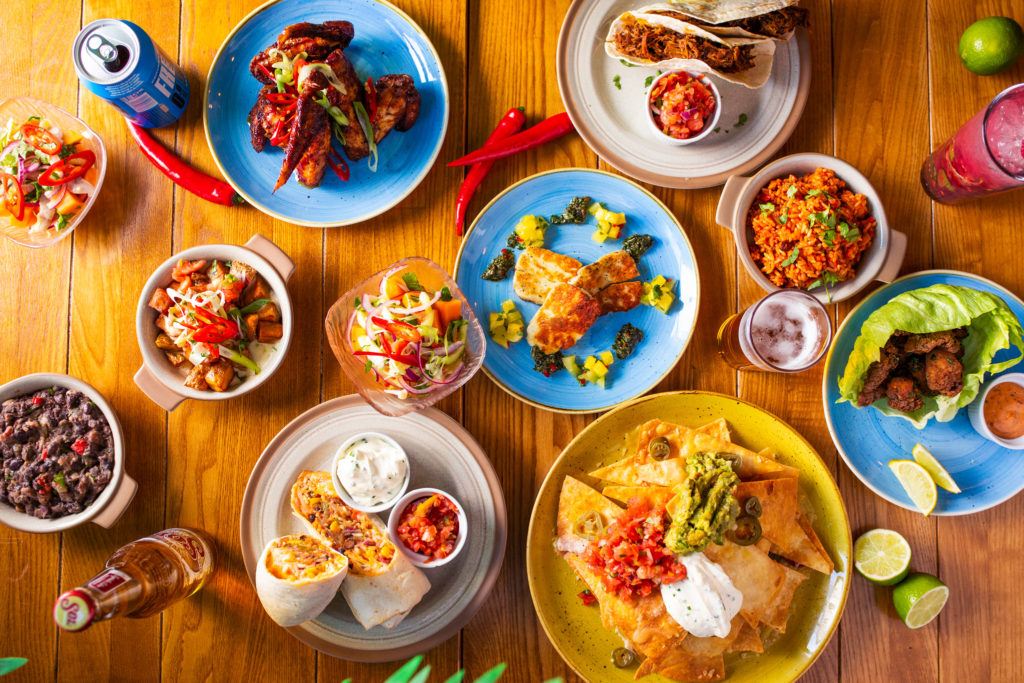
A note on…Varanasi
With several subterranean floors, this opulent Indian restaurant – Brum’s largest – opened in 2016 at the far end of Broad Street, the city’s partyville. Enter through a tunnel into a calming blue-lit space, waterfall trickling, downstairs to the draped dining rooms, theatrically lit by chandeliers. The menu is extensive: pani puri is a fun snack to get you going, all spicy mint and dark green coriander water, while other highlights included grilled lamb with tomato chutney, and paneer tikka crusted with coconut and cashew. Our best main was seared, umami-rich smoky duck in a not-overpowering pumpkin and yoghurt sauce. There’s an atmospheric soundtrack, too.
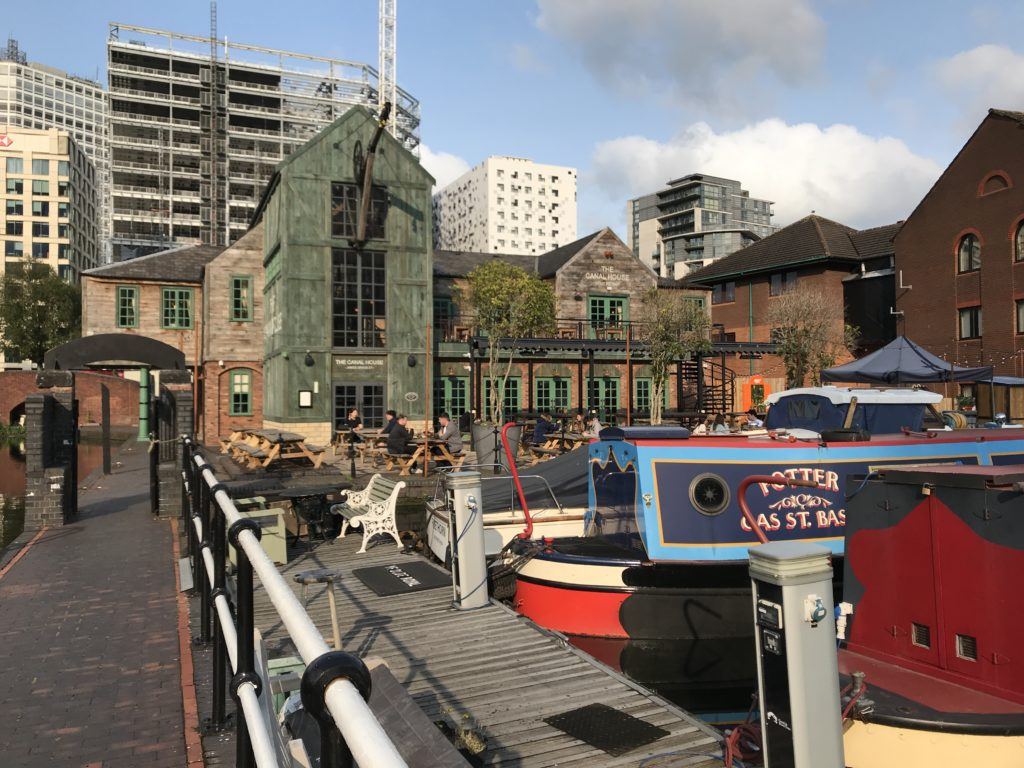
A pub crawl
Take your pick from 300 watering holes: micropub Beer Digbeth (Gibb Street) serves tasty local Burning Soul IPA, while a street away is the city’s longest standing boozer the Old Crown (dating back to 1358). The most pleasing views are from the waterside pubs: the tiny Canalside has outdoor seating on the towpath, while opposite is the bigger Canal House, with decking and views over Gas Street basin. And a short walk along the banks is The Craven Arms (near The Mailbox development), with elegant blue-and-gold tiled exterior.
A bespoke libation
It’s a city big on speakeasies hidden beneath stores, restaurants and other hard-to-find locations. Our top pick is award-winning 40 St Paul’s, a former corner shop overlooking St Paul’s Square in the Jewellery Quarter, whose mixologist rustled up flawless dry martinis (3D glasses are provided to look at the flavour profiles). We also liked the Gin Vault, whose views over the bridge channel Venetian vibes.
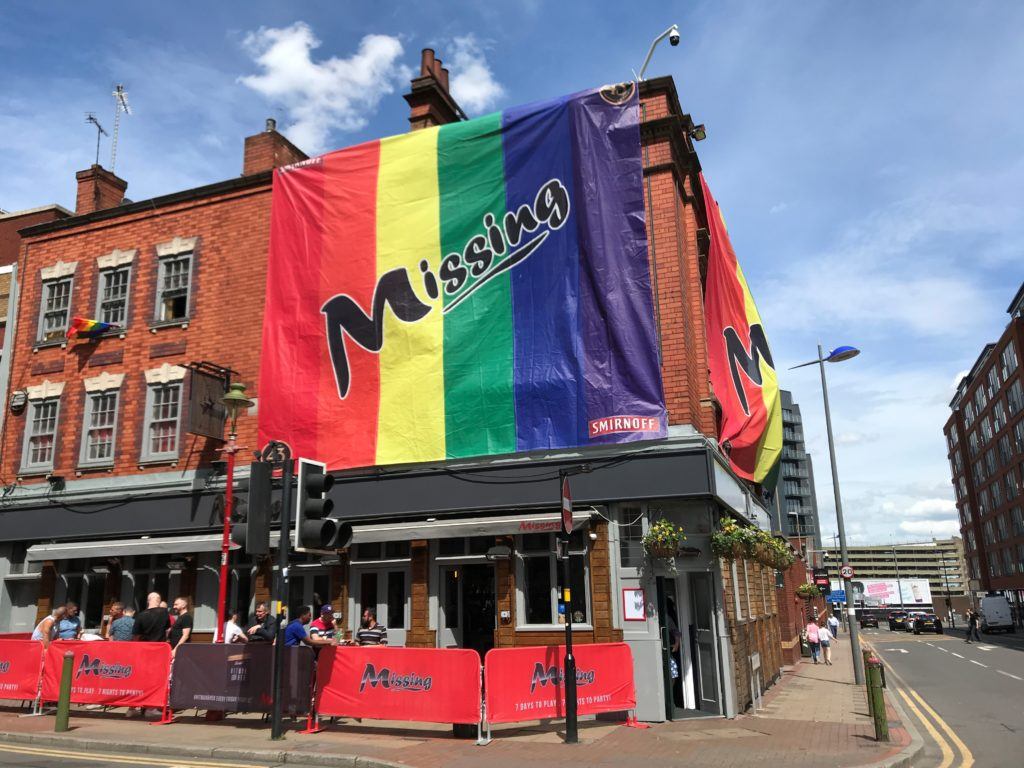
LGBTQ+
The rainbow flag is everywhere, the historic Gay Village hugely visible, both on maps and in person, centred largely on Hurst Street. Start at Missing bar, as we did: it’s a hop to the others, from Sidewalk to Nightingales, the oldest gay club in the city, dating back to 1969. There are LGBTQ shops and cafes too.
Take a boat
This year the city celebrates 250 years of the canals, so hop on a narrow boat at Sherborne Wharf for an hour’s voyage: as well as history, it’s a useful overview of the hostelries lining the river, although note to owners: we’d have preferred a real-life guide than the rather monotone recorded tape.
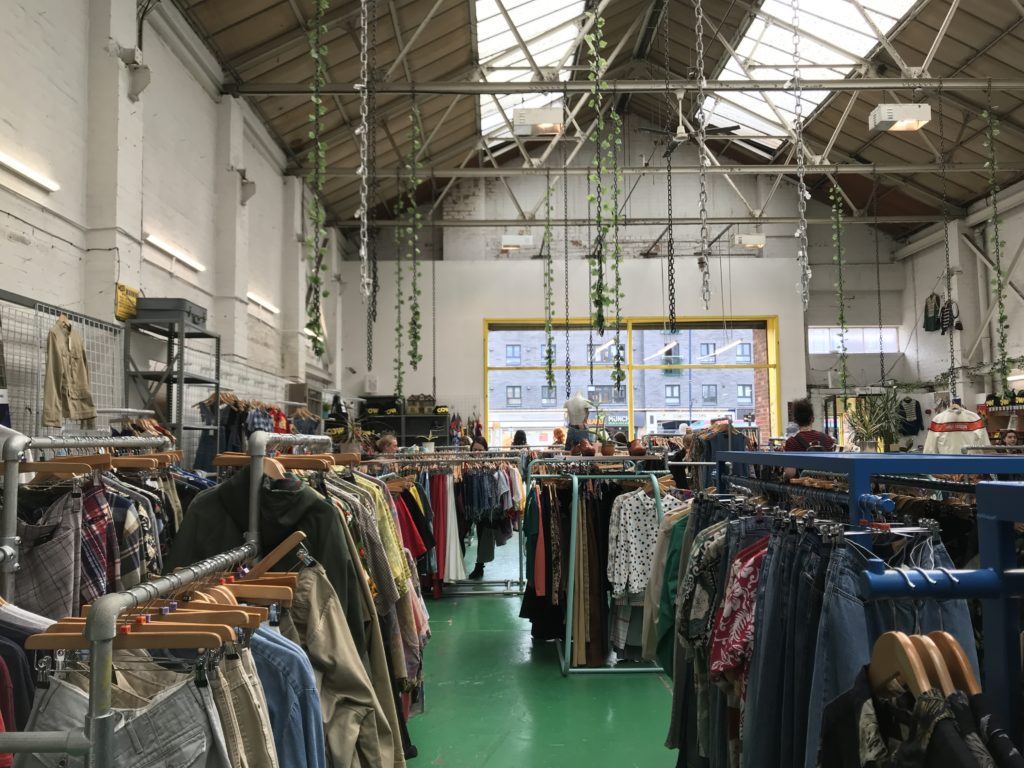
Shop till you…
No other city we’ve visited this year seems quite as hooked on retail. Step away from the steep gradients of Bullring, built in 2003 (but dating back to the Middle Ages), with its flagship space-age Selfridges and over 200 stores, to the vibrant outdoor fruit, veg, fish, meat and rag markets nearby, all trading for 850 years. For indie shops hit the Custard Factory: lifestyle store Ridding & Wynn is recommended, while nearby is classy vintage clothing emporium Cow for a sartorial bargain or two.
Sleeping
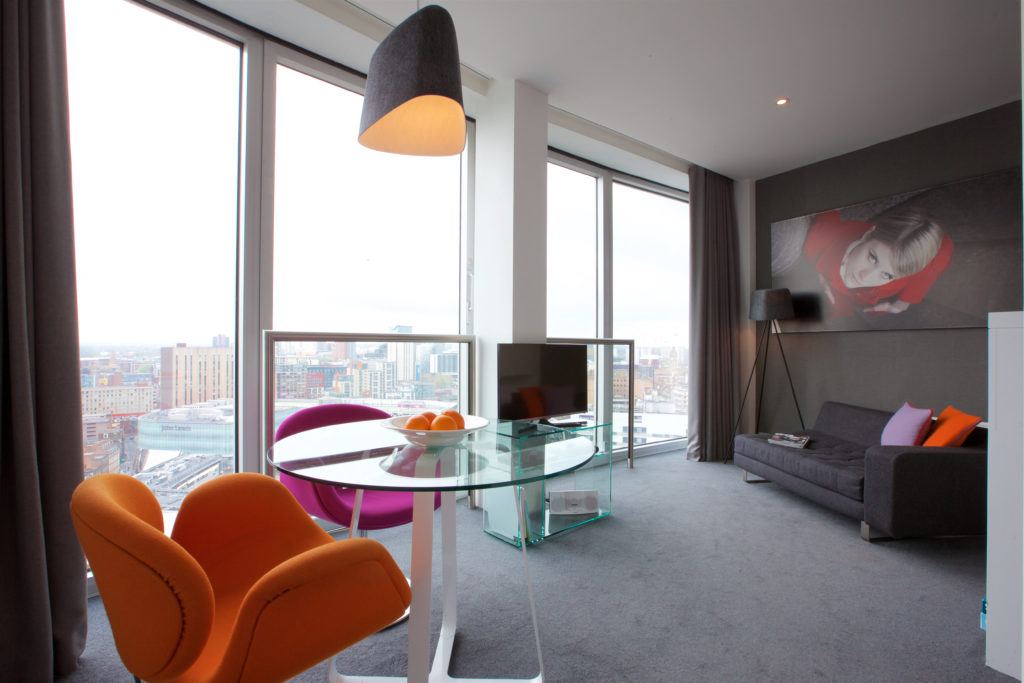
The 25-storey, 266ft-tall Rotunda has an illustrious history, dating back to 1965 before overhauled as a residential block in 2008. Manchester-run serviced apartment group Staying Cool now operate the upper floors. It makes a unique experience: our studio was a vertigo-inducing eighteen floors up, with fully openable window (a barrier stops your legs completely turning to jelly) and astonishing views over the work-in-progress city, all rooftops, building sites and ant-like residents scurrying about.
Inside is a small living space with comfy double bed, powerful shower and kitchen armed with espresso machine and juicer (complete with oranges), plus continental or Full English breakfast left in the fridge upon arrival. You also get various discounts on certain bars and restaurants staying here so make sure you read the blurb and download the app. Double rooms from £49: stayingcool.com
This feature was arranged with the support of visitbirmingham.com and makeitwm.com
Main image: view from Staying Cool apartments. Photo: PR

